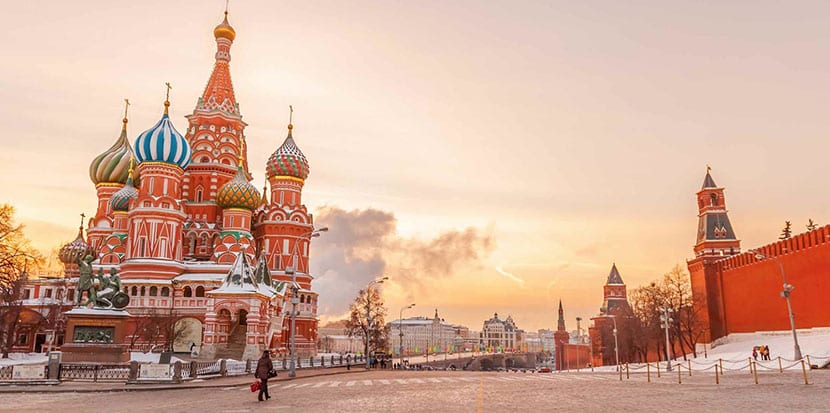
Anyone over 40 will remember the time of the Cold War and how Evil was personified by the Soviet Union. The heart of that ideology that faced capitalism was in Moscow and if we could think of a more concrete place we can think of the Red Square.
Today Red Square is one of the first, if not the first site visited by tourists. But what is it? What is there to see? What is its history? If you go to Russia for the 2018 World Cup you will surely walk through it so here you have a lot insights.
The Red Square
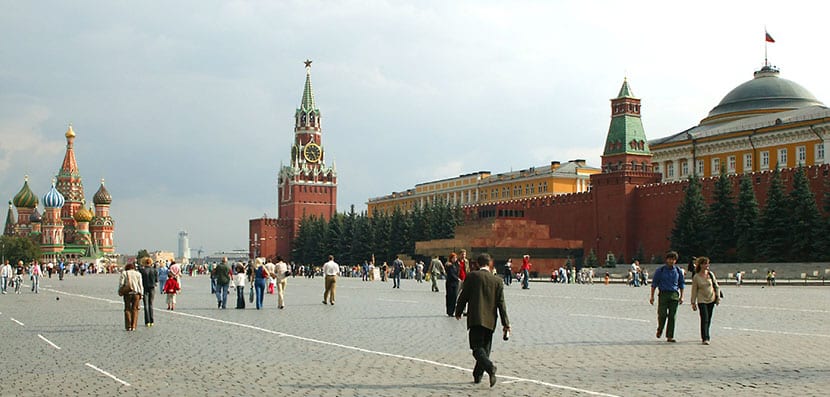
Like all medieval cities, Moscow has had a main square where the market was held at that time and that is precisely the origin of Red Square. As the heart of the city, it has also been the scene of ceremonies, military marches, proclamations of kings and revolutions. Of course, its architecture too has changed a lot over the centuries.
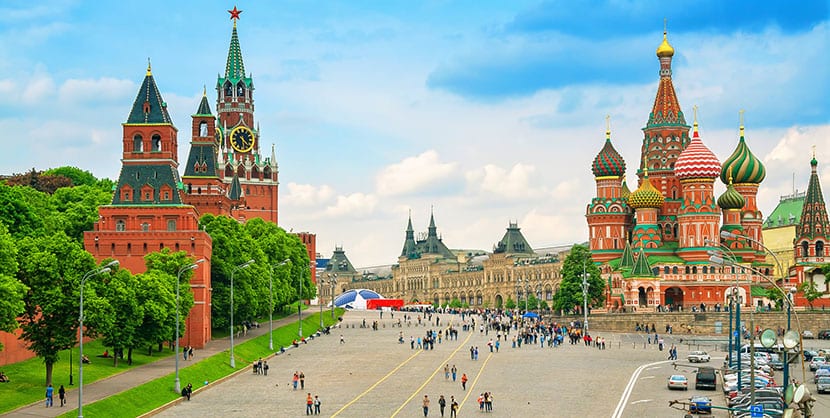
The square separates the Kremlin, what was once the royal citadel and today is the residence of the president, from the city's commercial district, Kitai-gorod. It has always been important but since the development of modern communication media, mainly television, it has managed to become the most classic image of communism. It was the Soviets who made it a symbol of their system, holding military parades and any national celebration there year after year.
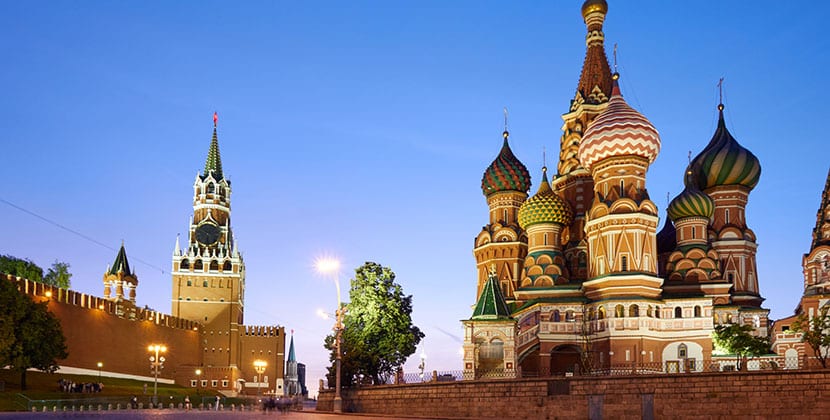
In fact, here was the great parade after the victory in the Great Patriotic War in 1945, the Second World War. The truth is that the Soviets demolished some old buildings so that their tanks and rockets could parade, although luckily they were later rebuilt. Its brightness returned definitively when in 1990 UNESCO designated Red Square as a World Heritage Site.
What to see in the Red Square
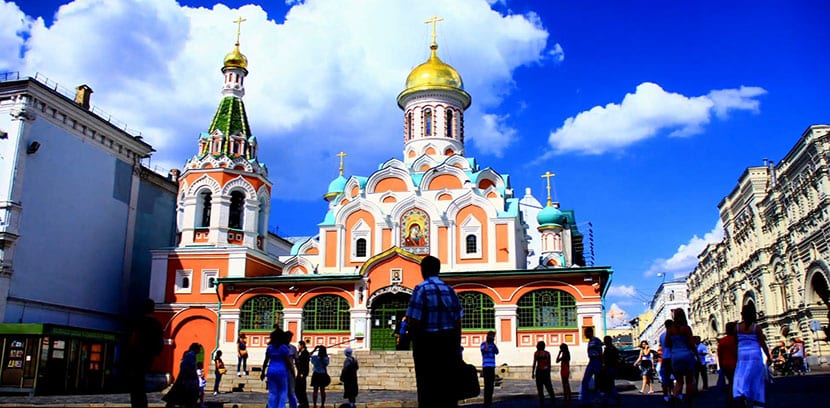
Here there are secular buildings and religious buildings to visit. They concentrate the great history of Russia so I don't think you should leave any of them in the pipeline. Among the religious buildings is the Kazan Cathedral o Cathedral of Our Lady of Kazan, Orthodox temple, reconstruction of the original version that was destroyed in 1936.
This original church dates from the seventeenth century when it was built to thank the Virgin for having recovered the city from the Polish-Lithuanian troops. The first was made of wood but as it was destroyed by a fire the next was built with bricks. Every year, remembering precisely that moment, a procession is made from the Kremlin to the church.
Between 1936 and 1990 the church did not exist, it had been demolished, so it was one of the first to be rebuilt after the fall of the communists. In 1993 it reopened.
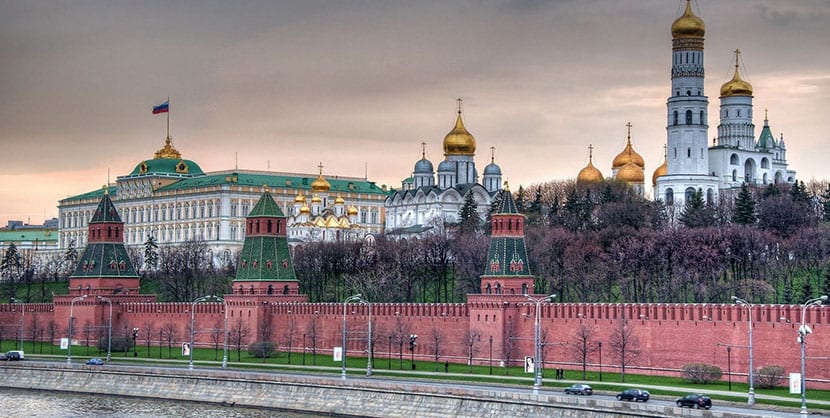
El Kremlin It is a fortified complex, a former royal citadel, overlooking the Moskva River, Red Square and St. Basil's Cathedral. It includes five palaces, towers, the wall and four cathedrals. After the fall of the tsars, the Soviet government moved from Petrograd to Moscow in 1918. Lenin lived here in his time, later Stalin, Khruschev and other rulers.
If you do the tour they will tell you that the towers and wall of the Kremlin were built in the 80th century by Italian masters. Today the tallest tower is XNUMX meters.
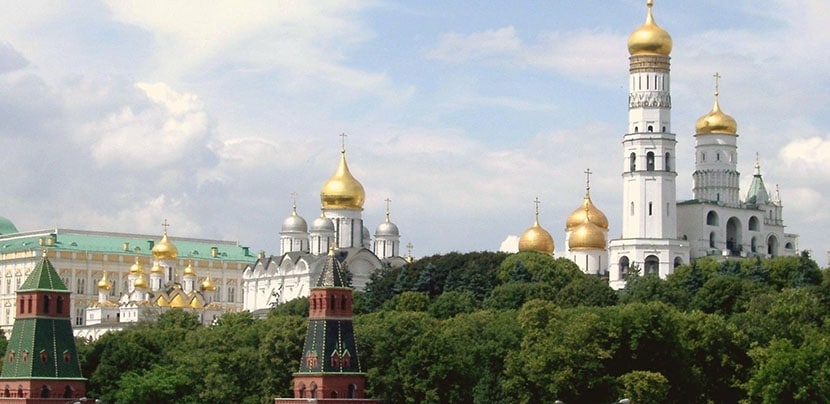
The center of the Kremlin is the Cathedral Square, with three ancient cathedrals and beautiful golden domes. There are two smaller churches and a bell tower, the Bell tower of Ivan the Big with 81 meters high and of the seventeenth century. There are also some palaces, the Armory and the Arsenal dating from the time of Peter the Great.
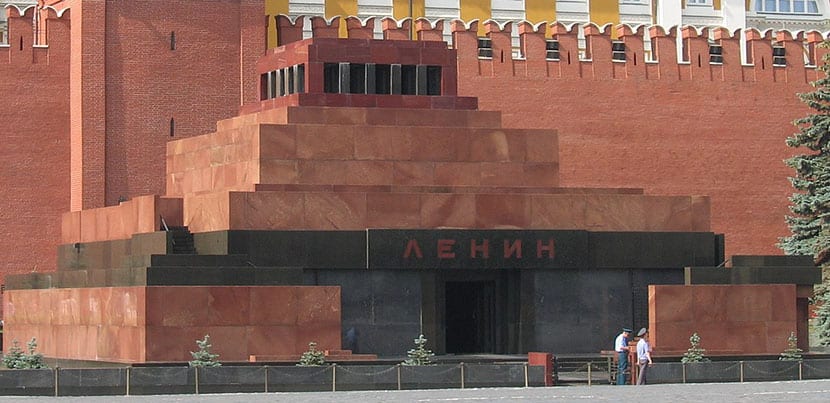
The communist era has bequeathed the Lenin Mausoleum, a dinosaur of communism that you cannot ignore. Here rests the embalmed body of Soviet leader since 1924. With few exceptions, war, for example, has always been there on display. The mausoleum is made of granite and was designed by Aleksey Shchusev. Millions of people have visited this site during the XNUMXth century and the visits continue.
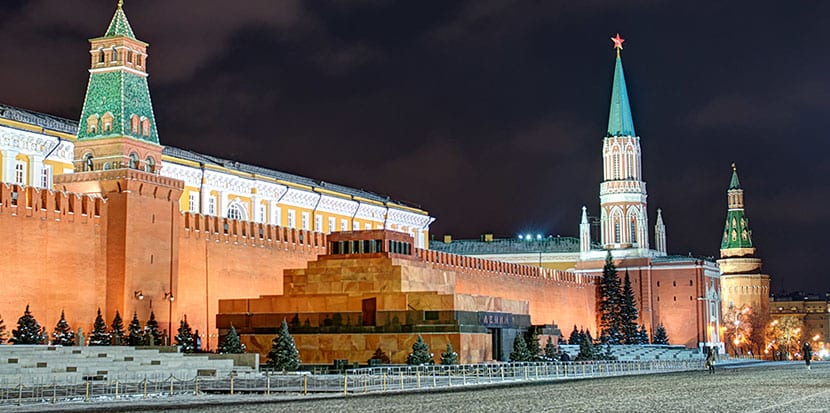
For a time Stalin was next to each other, the two graves, but today Stalin's one rests in the Necropolis of the Kremlin Wall. The point is that You can visit Lenin's Mausoleum Tuesday, Wednesday, Thursday, Saturday and Sunday from 10 am to 1 pm. There are always people waiting so you have to be willing to wait in line. Admission is free and the police guard that you do not take videos or photos, or talk or wear a hat. The idea is to show respect.

In Red Square there is also a department store called GUM. It has several branches throughout the country, its origin dates back to the time of the tsars, but the Moscow house is the most popular. Obviously the opening of the country in the '90s absolutely changed the style of the store and today it is a typical shopping center. Nearby is another Shopping smaller, TsUM. Is GUM worth visiting? Yes.
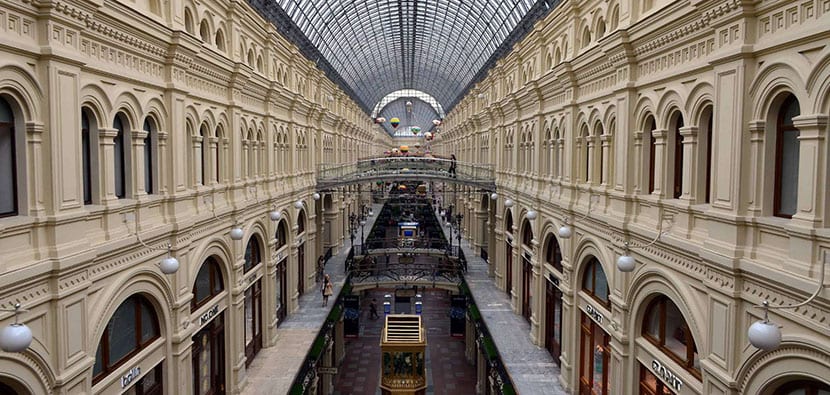
The external facade is almost 800 meters long and is a elegant old building. It has a trapezoidal shape and a lot steel and glass, especially on the roof. It has a clear style of a 14th century railway station. The glazed roof has a diameter of 1200 meters, for example, and on the facade there is Finnish granite, marble and limestone, arches and walkways. Its construction was ordered by Catherine the Great to an Italian architect and in Soviet times it housed XNUMX stores, obviously nationalized.
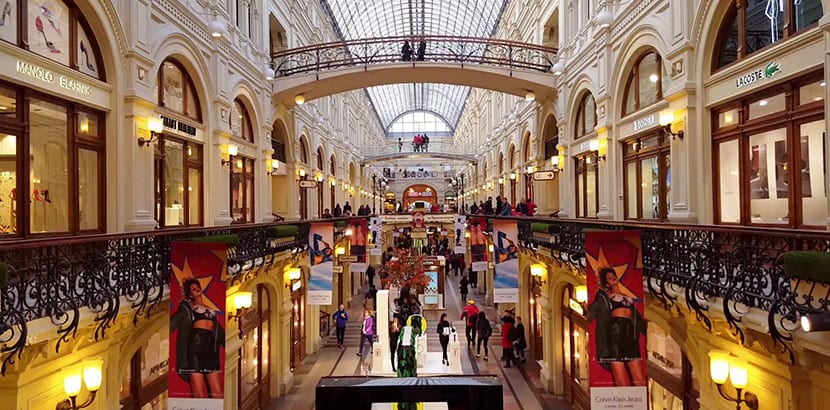
Stalin converted the building into offices, briefly, and even here the body of Stalian's own wife was exhibited after committing a mysterious suicide. Today the GUM is privatized. Its mini version, with the same elegance and history, is the TsUM, near the Bolshoi Theater.
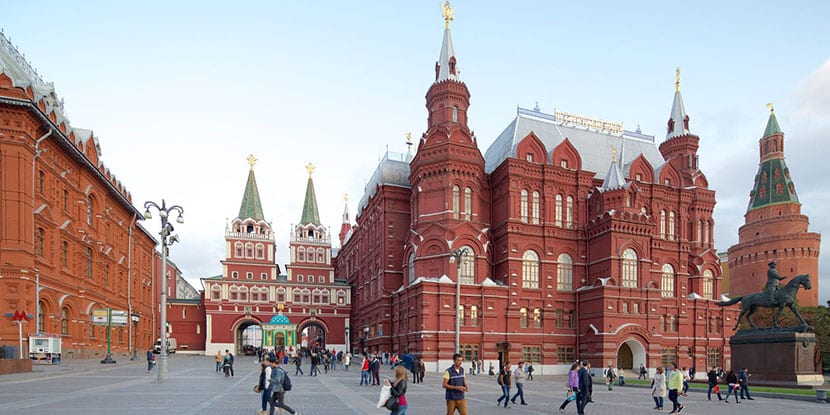
On the other hand there is also the State Historical Museum, located between Red Square and Manege Square. There are all kinds of objects in this museum founded in 1872. It contains eleven showrooms and the ticket costs 400 rubles per adult. There are audio guides, on different topics and at different prices.
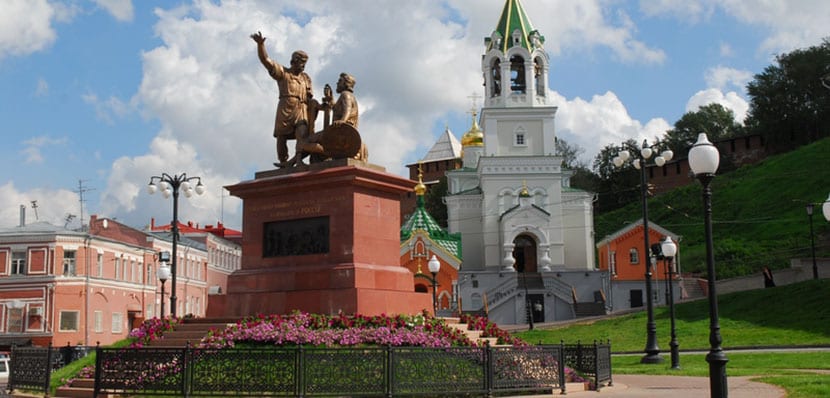
Finally, maybe you will stop in front of a statue. Statues and sculptural ensembles are important for the history of a country and in this case you will see the sculpture in front of Saint Basil's Cathedral. It represents Prince Dmitry Pozharsky and Kuzma Minin, volunteer members of the Russian army that expelled the Polish - Lithuanian troops from Moscow in 1612. It was placed there in commemoration of 200 years of the historic event and is made of bronze.
Knowing all this you are ready to stand in the middle of the Red Square knowing a little more what your eyes see.
I have courage ... that if it is not because in these times we have access to the true history of that town ... we would continue to be reaped with the sick mission of the United States of making these people see as symbols of evil. Nothing to see the accumulated history of conquests, transformations, revolutions that that people marked ... and will continue to mark. Before I die ... I have the firm intention of contemplating these wonderful works and being able to get in touch with that people ... ESPECIALLY WITH A RUSSIAN !!!!